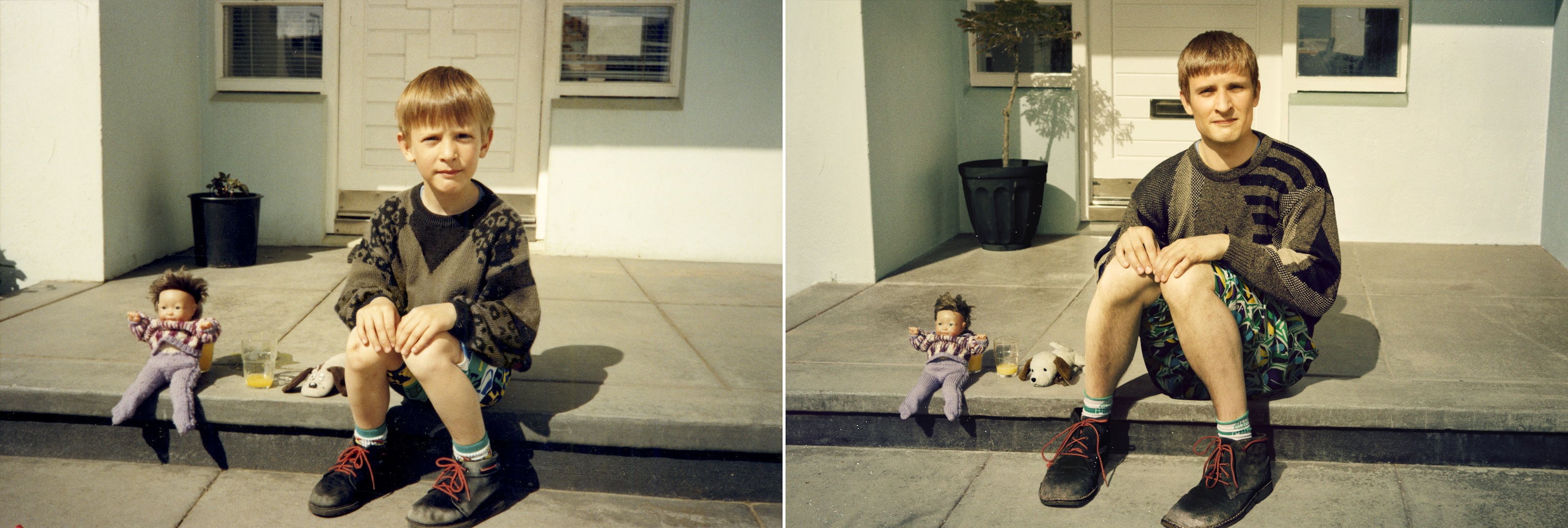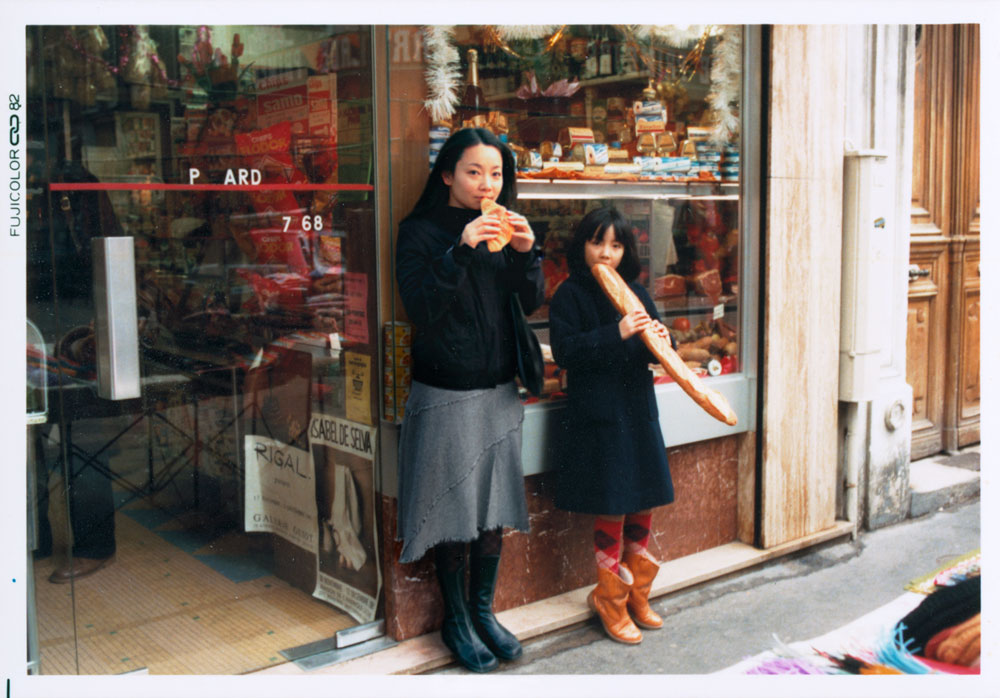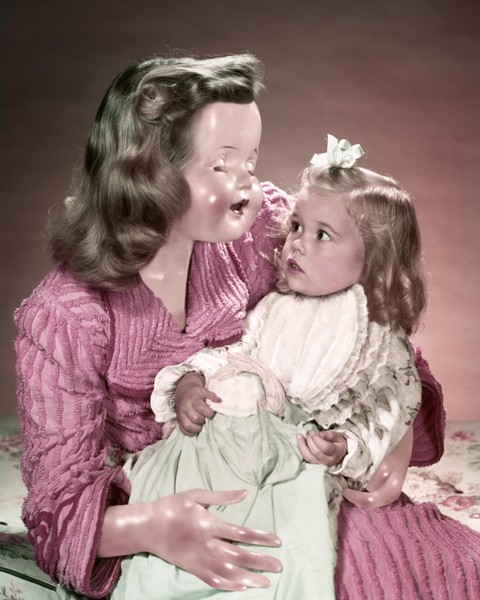During the summer it is important that you keep training your eye and practice making images. Below are two tasks: MY ROCK (photo-assignment) and another MY FAMILY (research) that you can work on during the summer break which will prepare you for the next academic year in September.
The images you produce here will be part of our next phase of our project when we begin to explore narrative and make a 16 page photo-zine in September.
PHOTO-ASSIGNMENT – MY ROCK: Select one bay or geological site of special of interest (SSI) in Jersey and explore it with your camera throughout the summer.
DEADLINE: 6 Sept – first day of new academic term
Geological sites could include dolmens and other neolithic structures, such as La Cotte in St Brelade. Bays could include rocks, coastline and mythologial sites, such as Devil’s Hole (see resources for more sites linked to Jersey legends, myths and folklore below).
IMAGES: explore the following
- Landscape & views: rock formations along the coastline set against wider natural environments
- Shapes & Form: Look for interesting granite that you may frame as rock face
- Abstract & close-up: move in closer and look for textures/ patterns/ colourisation/ surfaces/ repetition within granite.
- Photo-collaging: produce a series of images that overlap each other to form a much wider and detailed picture. (See Hockney and Allchurch for inspiration)
- Narrative: Consider how to tell a story about your site and produce a sequence of images. For example, consider Jersey myth, legends and folklore as part of the meaning behind your photo-shoots. You can incorporate elements of staging and include people and props to develop a specific narrative.
- Still-life: Collect at least 5 different objects/ debris (natural/ man-made) from your site and photograph as object in-situ and also create a mini-studio at home using black/white paper or other materials as a backdrop. Bring these objects to class when we return in September too.
BLOG > PHOTO-ASSIGNMENT
Publish all your work on the blog before returning to school on Tue 6 September. Best of luck and have a great summer!
- Produce at least 3-5 photo-shoots!
- Review and evaluate your shoots as they develop
- Identity weaknesses and strength
- Plan and re-visit for a new shoot that adds value to what you already have.
- Make sure you collect 5 objects from your shoots that you photograph as still-life and bring to class in September
You have to ask yourself:
Am I satisfied that I have enough images/ material?
What are you going to do differently on next shoot?
How are you going to develop your ideas?
These images could become starting point for your Personal Study that we will develop later in the autumn term You could produce another photo-zine based on this summer project and any work that you produce will be assessed as part of your Personal Investigation (coursework) awarding you marks based on skills, knowledge and understanding of photography as a tool for communication in narrative, sequence and design.
INSPIRATIONS – ideas, styles, aesthetics
Here is a selection of images made by Matt Brown last year as part of his Personal Study: Bouley Bay.
Have a look at his blog here for more ideas around his research, artists inspirations and further experimentation.
Here is the link the the online version of his photobook, Bouley Bay – by Matthew Brown




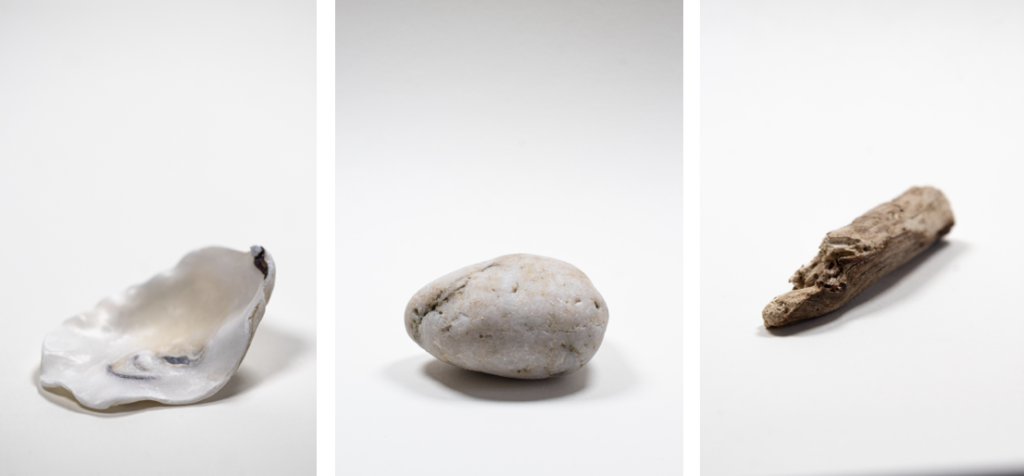
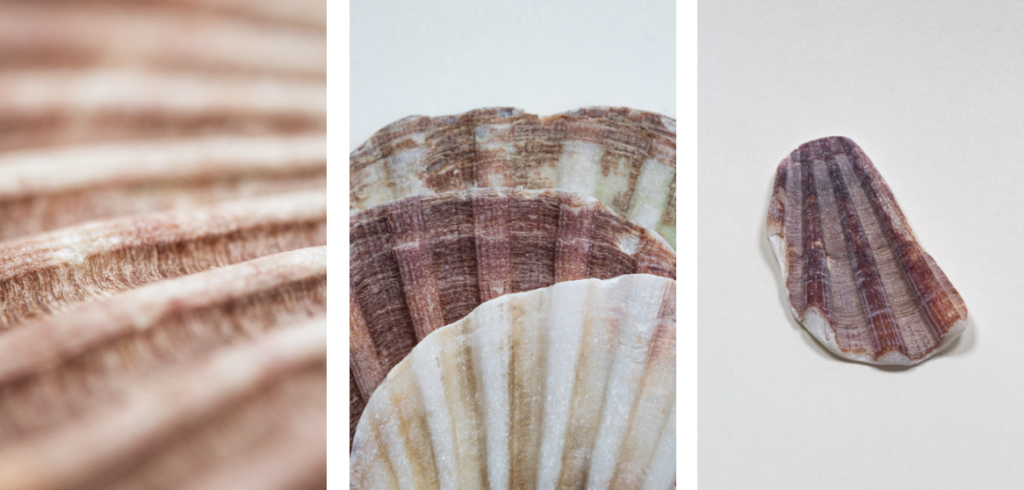
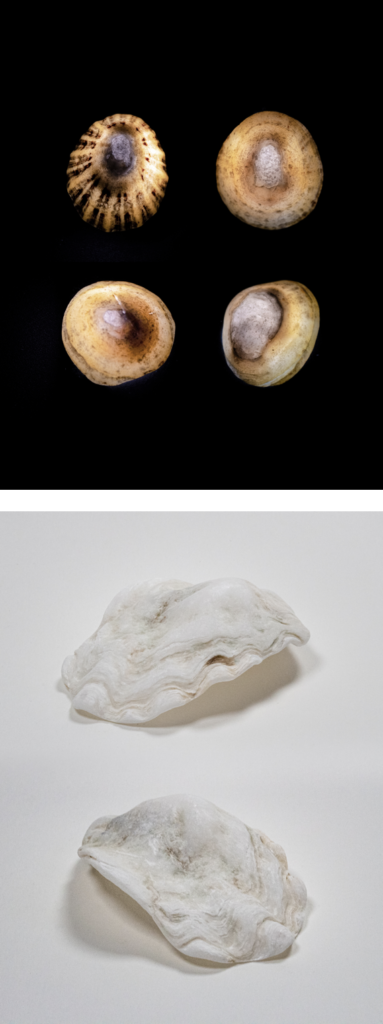



Megan Woolsgrove and her project on Green Island: La Motte Here is an online link to her photobook: La Motte: Walking through Landscapes and Archives. Go to her blog here for more context, research, artists references, experimentation etc.





Inspiration was Anna Atkins photobook: Photographs of British Algae: Cyanotype Impressions 1843-53

The first book to be photographically printed and illustrated, Photographs of British Algae was published in fascicles beginning in 1843 and is a landmark in the history of photography. Using specimens she collected herself or received from other amateur scientists, Atkins made the plates by placing wet algae directly on light-sensitized paper and exposing the paper to sunlight. In the 1840s, the study of algae was just beginning to be systematized in Britain, and Atkins based her nomenclature on William Harvey’s unillustrated Manual of British Algae (1841), labeling each plate in her own hand. Read more here
Nina Powell: Jersey Folklore
Beliefs and superstitions revolving around mythical characters in Jersey, Channel Island are common. The ancient lanes overhung with vegetation look almost like dark tunnels leading into the unknown. Unexplained ruins dotted around the coast add to the air of mystery and Island people with a long and proud history have many stories to tell which have been passed down from generation to generation. In this photo book I have explored three of Jerseys most famous and well-known legends, portraying each one with a series of environmental portraits, studio shots and landscape photographs. The first legend tells the story of the poor Bride of Waterworks Valley, the second shows the demonic presence down at Devil’s Hole and the third looks into the many tales of Witchcraft in Jersey. This project is my response to the provided themes of ‘truth, fantasy and fiction’, as well as the beautiful depictions of myths created by other photographers. My aim for this photo book was to recreate some of our islands most interesting history using beautiful and insightful visuals. By doing this I hope to bring these legends back to life in this colourful yet ominous series.
Read more here on her BLOG

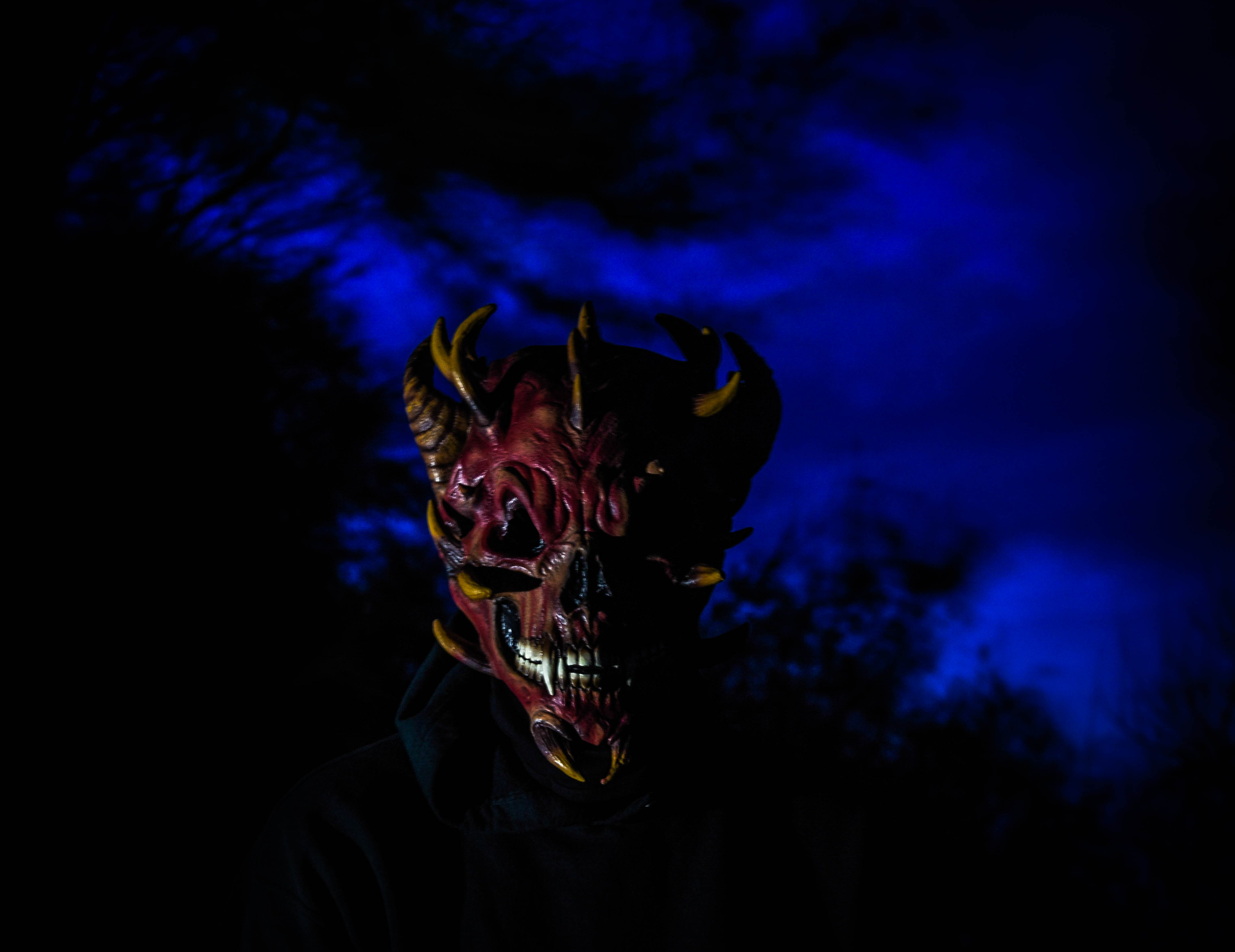
Jade Dingle…
INSPIRATION: Jersey legends, myths & folklore

As an island, Jersey’s culture, identity and history have all been moulded by the ocean. As such, it is no surprise that a lot of Jersey’s myths and legends take place on the Island’s coastline. Six of these tales are illustrated on this set of stamps, including:
- The Bull Among the Rocks
- Legend of the Plank
- Jeffrey’s Leap
- Spanish Ship on the Rocks
- Lavoir des Dames
- The Martyrdom of St. Helier

Local photographer Danny Richardson, Jersey Myths and Legends. Read article here
Read article here in the JEP: A guide to Jersey’s fairy folklore Here a few extracts to consider that may trigger ideas:
Some fairies were associated with the home, but more often they were connected with the landscape, especially with features that seemed mysterious, like mounds and caves.
Many explanations have been given for the belief in fairies. Some thought they were supernatural creatures, like ghosts or spirits of the dead. Others described them as fallen angels. The oldest fairies on record were described by historian Gervase of Tilbury in the 13th century. He wrote a collection of legends and marvels that included stories of fairy creatures and apparitions ‘from a parallel world’.
Similar studies have been made into Jersey folklore that explore the important links between local myths, the Jèrriais language and place names. Jersey Place Names, by Charles Stevens, Jean Arthur, Joan Stevens and Collette Stevens, meticulously records and analyses place names cross the Island and includes several references to fairies and other supernatural creatures.
Before we developed an understanding of our prehistoric ancestors, Jersey’s many ancient dolmens and standing stones were associated with fairies and goblins, and for many people they still hold a powerful mystical quality. For example, La Pouquelaye means a goblin’s path or stone, and is used to describe a dolmen or other megalithic structure. The name appears connected with various roads and fields in the La Pouquelaye area to the north of St Helier. Faldouet dolmen, or La Pouquelaye de Faldouet, stands on Rue de Pouclée, and the variants of ‘pouquelaye’/ ‘pouclée’ also appear in field names in St Ouen and Trinity.

Other sites with fairy associations in their place names include La Cotte de St Brelade, one of Jersey’s most important archaeological sites. In Jèrriais it has been known as La Cave à la Fée a Ouiné (The Fairy Cave at Ouaisné). In St Clement the site of the well-known legend of the witches, an unusual outcrop of rock at Rocqueberg, is also known as Le Rocher des Fées (The Fairies’ Rock). The area around the impressive dolmen at Grantez in St Ouen has been known variously as Le Creux de Faitieaux, Les Petits Faîtchieaux and Le Mont ès Faitieaux (meaning fairy folk). These prehistoric sites were widely believed to have been built by the fairies and historian Giles Bois records that when the Société Jersiaise excavated the dolmen at Grantez in 1912, an elderly man from the parish challenged the workmen with the words: ‘Tchi sacrilège! Mais qu’ou éthez êticbotchi les faîtchieaux ous allez nouos emm’ner tchique dro sus l’vaîsinné!’ This translates as: ‘Such sacrilege! But if you have disturbed the fairies you’ll have brought such trouble on the neighbourhood!’ Here are some examples of the stories:
The Lavoir des Dames, St John. Hidden within the rocks at Sorel Point is a rectangular pool called Le Lavoir des Dames. In local folklore, any man who saw the fairies bathing there would be struck blind immediately.

St Brelade’s Church. Legend has it that when the church was built, all the necessary materials were collected together at the chosen site in preparation but the next day there was no sign of anything. The items were eventually found almost a mile away near the sea. The workmen moved the materials back again, only to find that the same thing happened the next day. They are said to have accepted this as the will of God and built the church where it is today. Explanations for the change of site include that the original site chosen by the builders was near a pagan shrine and the fairies didn’t want a church on their doorstep. Others said the devil was pleased to get the church built so far from the homes of most of the parishioners. Another explanation given was that God wanted the church walls to be washed by the sea and chose the lovely location where the church still stands.
Les Rouaux (La Belle Hougue Point), Trinity. Near Les Rouaux is a spring known as La Fontaine des Mittes. According to folklore, this spring could give sight to the blind and restore the hearing of the deaf. The guardian spirits of fountains and streams were called the naiads and people believed that they had powers of good and evil. Two of these nymphs, Arna and Aiûna, are said to have lived in a grotto at La Belle Hougue Point. One autumn evening, near the end of their joyful and peaceful life on earth, an angel guided them to a home beyond the stars. As Arna and Aiûna rose they were reminded of their happy time on earth and cried a tear of sadness from each eye. These pure drops of water could not be received by the ground and so became a spring with healing properties.
Belief in witchcraft was formerly strong in Jersey, and survived in country areas well into the 20th century. Witches were supposed to hold their sabbats on Fridays at Rocqueberg, the Witches’ Rock, in St Clement. Folklore preserves a belief that witches’ stones on old houses were resting places for witches flying to their meetings.
La Fête Nouormande: Every third year Jersey hosts La fête Nouormande, a folk festival centering on the Norman culture and heritage of the island, which attracts performers and visitors from Guernsey and the continent.
- St Helier
- Jeffrey’s Leap
- Witches’ Rock
- Le Chien de Bouley
- William and the sea sprite
- The bull among the rocks
- Fairies move the church
- St Lawrence dragon
- The Paternosters
- Philippe’s black horse
- Janvrin’s Tomb
- Manor under the sea
- Spanish ships on the rocks
- The faithful dog
- The ghostly bride
Jersey Myths and Legends
Dragon of La Hougue Bie: Legend says that a terrible dragon once lived in St. Lawrence, killing people and burning houses all over the Island. The noble Sir Hambye of France heard stories of this dragon; he travelled to Jersey and cut the dragon’s head off! Exhausted and wounded from the battle, Sir Hambye lay down to rest, watched over by his trusty squire. What Sir Hambye didn’t know was that his squire wasn’t loyal or trustworthy at all. The squire wanted all the glory for himself – he killed his master whilst he was resting then buried the body before returning to France. He told Sir Hambye’s wife that his master had been killed by the dragon and that he, the Squire, had avenged his death by killing the dragon. He also added that the dying wish of Sir Hambye was that the Squire should marry his Lady wife. What a terrible thing to do! One night after they were married, the Lady overheard the squire talking in his sleep, he admitted killing his master back in Jersey. The Lady had the Squire sent to trial where he confessed to killing Sir Hambye, and was sentenced to death. In memory of her husband, the lady travelled to Jersey and built the mound here at La Hougue Bie. On a clear day you can see right across to France.
The Black Dog of Bouley Bay: Many years ago in Trinity, people talked of a black dog that was the size of a bull with enormous red eyes that glowed like fire. He would walk the cliff paths around Bouley Bay at night, dragging its chain behind him. There were many rumours of the Black Dog, some said a sighting of him meant a storm was coming, where as others said he led lost travellers to safety. Others said that the Black Dog would chase people to scare them, but he would never hurt them. It is said that the Black Dog of Bouley Bay was a myth made up by smugglers to keep people away from the Bay at night so they could steal from Jersey without people noticing, but this was never confirmed as a dog’s howl was heard every night coming from the Bay. It is still said now that if you see the ghost of the Black Dog at Bouley Bay, it is a sign that a storm is coming your way.
The Rock in Bonne Nuit Bay: Once there was a beautiful, young woman named Anne-Marie who liked to skim stones on the
beach at Bonne Nuit. One day, a sea-sprite noticed her, and as he watched her, he decided that he wanted Anne-Marie for his wife. But Anne-Marie had a sweetheart called William who worked
at the stables nearby. The sea-sprite became so jealous that he decided to get rid of William and have Anne-Marie for himself.
The next day William went to muck out the stable, and inside he found a splendid white stallion. Shocked, but pleased at such a gift, he decided he would ride it to show Anne-Marie. That night
however, William dreamt that the stallion was dangerous, so he picked some mistletoe and took it with him when he went riding.
As he rode across the beach towards Anne-Marie, the stallion turned and began to charge towards the sea – it was the sea-sprite in disguise, trying to drown him. William beat the stallion
about the head with the mistletoe, and all of a sudden the horse stiffened and turned into rock. You can still see the rock in Bonne Nuit Bay.
The Faithful Black Horse: Long ago, Jersey was ruled by French soldiers. many islanders did not like the French rule, especially Philippe de Carteret, the Seigneur of St Ouen. As the French soldiera didn’t want Philippe causing trouble, they decided to kidnap him. Whilst Philippe was fishing in St. Ouen’s pond, the French soldiers crept along to capture him, but Philippe saw them, and leapt on his black horse. He raced towards his manor, but the soldiers cut him off. He turned into Val de la Charriere, but there was only one way out – across a deep wide ditch. His horse bravely jumped it, and just landed on the other side, and so Philippe continued towards home. Once he reached home, and
was safe, his faithful horse collapsed and died. Philippe ordered that his horse be buried in his garden, and today you can see a painting of the black horse in St. Ouen’s Manor.
Witches’ Rock: Legend tells us of a fisherman called Hubert who was engaged to a woman called Madeleine. He used to go for long walks during the evenings after work, and one evening he walked towards Rocqueberg Point. He fell asleep next to the rock, but when he awoke the rock had gone – and was replaced by a magic wood with beautiful girls dancing round the trees. Hubert danced with them, and as he left he promised he would return the following night. When he got home, he told Madeleine about the strange events, and she warned him not to go the next night, but Hubert decided to go anyway. Madeleine told the parish priest about her suspicions, and the priest told her to take a crucifix and follow Hubert to Rocqueberg Point that night. When Madeleine reached Rocqueberg, she saw Hubert, merrily dancing, but there were no beautiful girls – just ugly old witches. Madeleine held the crucifix high above her head and ran towards the witches – who vanished, shrieking. Hubert collapsed, and the rock returned in place of the magical forest. Since that night the rock has been called Witches’ Rock.
MY FAMILY: Explore your own private archives such as photo-albums, home movies, diaries, letters, birth-certificates, boxes, objects, mobile devices, online/ social media platforms and make a blog post with a selection of material that can be used for further development and experimentation using a variety of re-staging or montage techniques .
Archives can be a rich source for finding starting points on your creative journey. This will strengthen your research and lead towards discoveries about the past that will inform the way you interpret the present and anticipate the future. See more Public/ Private Archives
For example, you can focus on the life on one parent, grand-parent, family relative, or your own childhood and upbringing. Ask other family members (parents, grand-parents, aunties, uncles) if you can look through their photo-albums too etc.
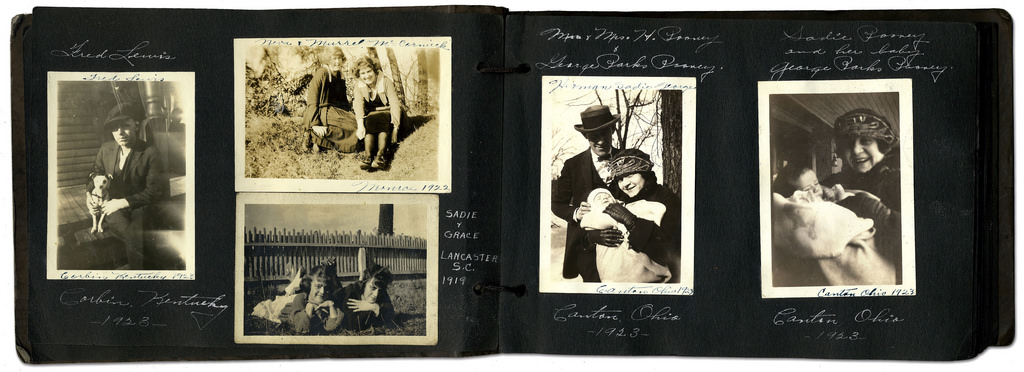

TASKS STEP-BY-STEP GUIDE:
- Either scan or re-photograph archival material so that it is digitised and ready for use on the blog and further experimentation.
- Plan at least one photo-shoot and make a set of images that respond to your archival research. This can be re-staging old photos or make a similar set of images, eg. portraits of family members and how they have changed over the years, or snapshots of social and family gatherings.
- Choose one of your images which relates to the theme of family (e.g. archive, family album, or new image you have made) and destroy the same image in 5 different ways using both analogue and digital method techniques. Eg. Reprint old and new photos and combine using scissors/ tearing and glue/ tape. In Photoshop use a variety of creative tools to cut and paste fragments of images to create composites.
- Produce appropriate blogposts with both family research, archival material and new photographic responses and experiments.
Extension: Choose a second image and destroy it in 5 new or other ways.
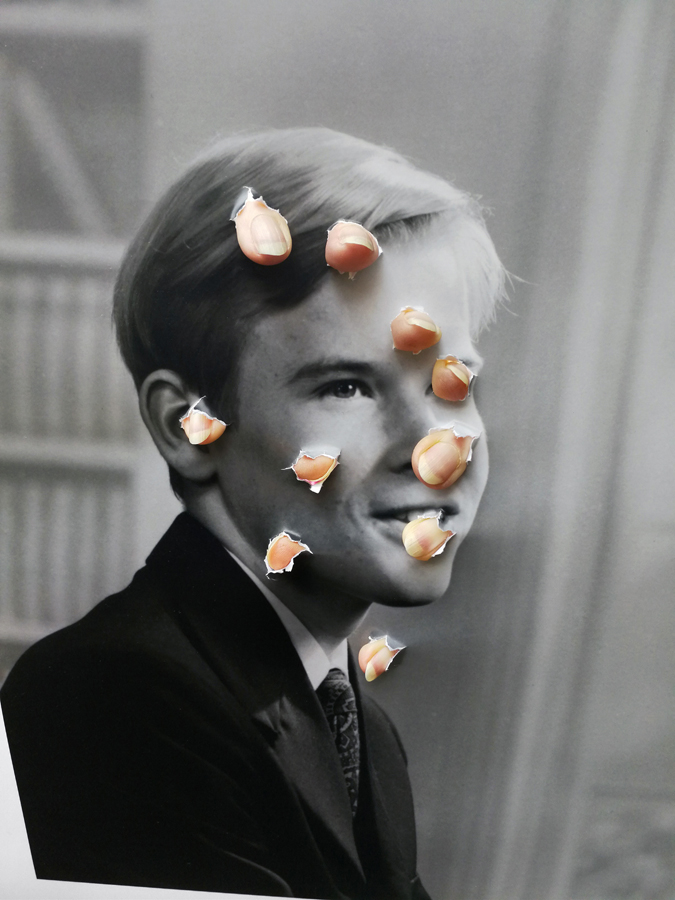
cof 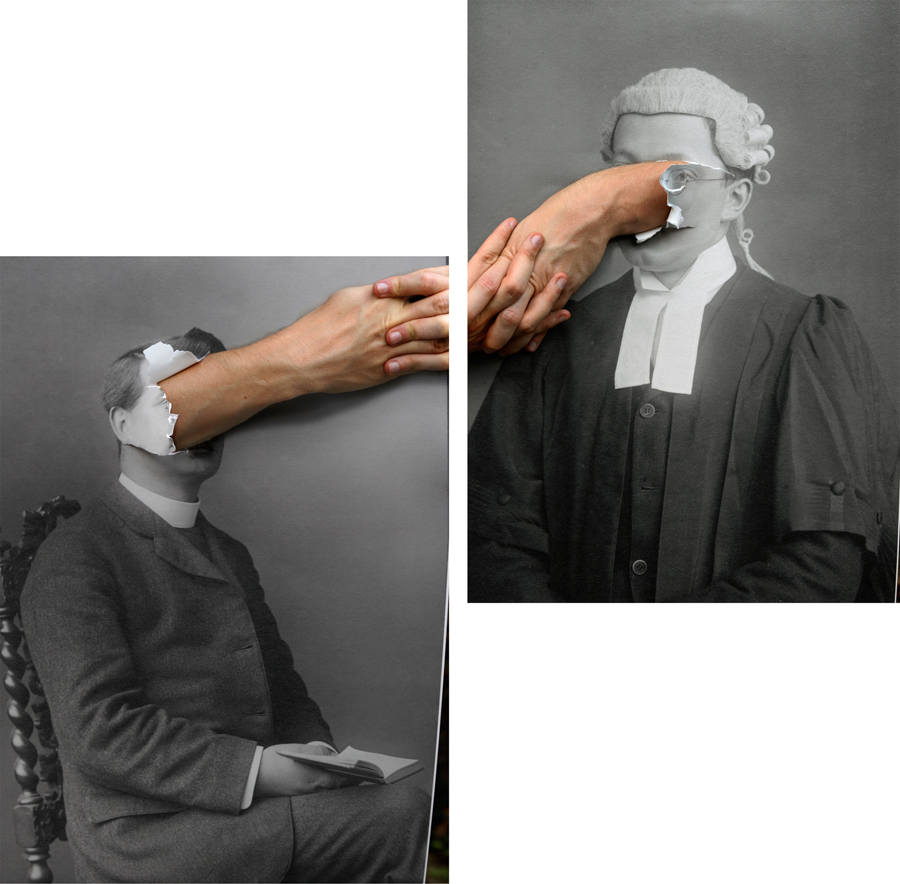
Under Oath, 2017
Jonny Briggs: In search of lost parts of my childhood I try to think outside the reality I was socialised into and create new ones with my parents and self. Through these I use photography to explore my relationship with deception, the constructed reality of the family, and question the boundaries between my parents and I, between child/adult, self/other, nature/culture, real/fake in attempt to revive my unconditioned self, beyond the family bubble. Although easily assumed to be photoshopped or faked, upon closer inspection the images are often realised to be more real than first expected. Involving staged installations, the cartoonesque and the performative, I look back to my younger self and attempt to re-capture childhood nature through my assuming adult eyes.
Thomas Sauvin and Kensuke Koike: ‘No More, No Less’
In 2015, French artist Thomas Sauvin acquired an album produced in the early 1980s by an unknown Shanghai University photography student. This volume was given a second life through the expert hands of Kensuke Koike, a Japanese artist based in Venice whose practice combines collage and found photography. The series, “No More, No Less”, born from the encounter between Koike and Sauvin, includes new silver prints made from the album’s original negatives. These prints were then submitted to Koike’s sharp imagination, who, with a simple blade and adhesive tape, deconstructs and reinvents the images. However, these purely manual interventions all respect one single formal rule: nothing is removed, nothing is added, “No More, No Less”. In such a context that blends freedom and constraint, Koike and Sauvin meticulously explore the possibilities of an image only made up of itself.
Veronica Gesicka Traces presents a selection of photomontages created by Weronika Gęsicka on the basis of American stock photographs from the 1950s and 1960s. Family scenes, holiday memories, everyday life – all of that suspended somewhere between truth and fiction. The images, modified by Gęsicka in various ways, are wrapped in a new context: our memories of the people and situations are transformed and blur gradually. Humorous as they may seem, Gęsicka’s works are a comment on such fundamental matters as identity, self-consciousness, relationships, imperfection.
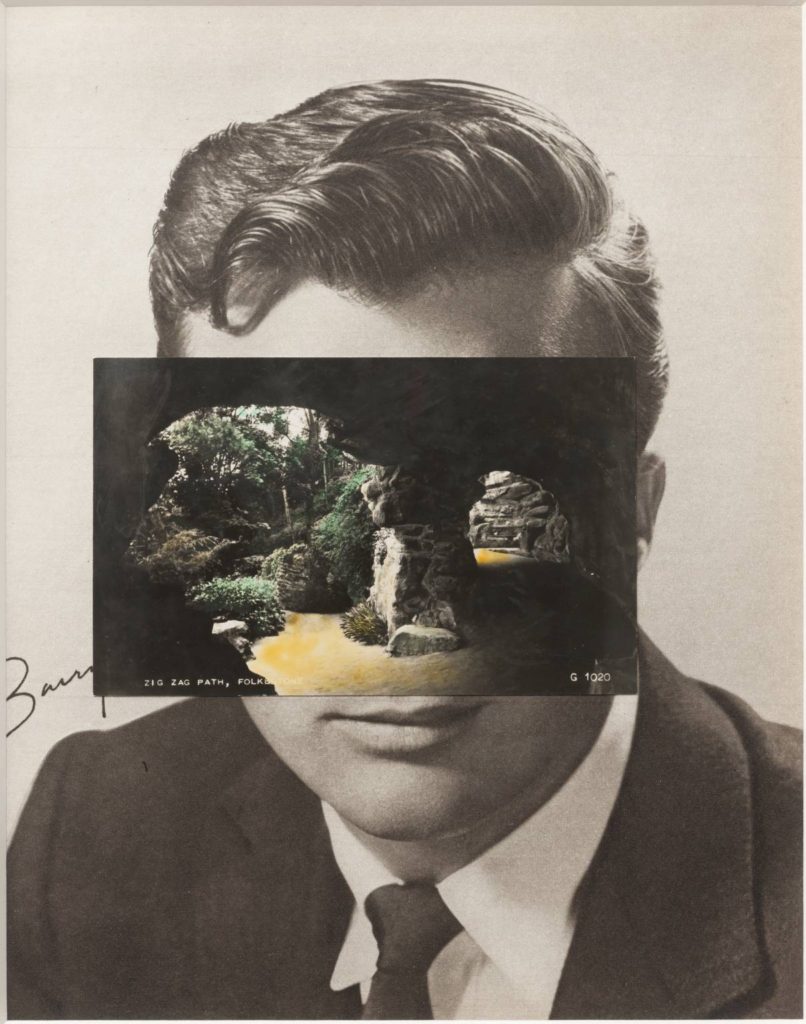
John Stezaker: Is a British artist who is fascinated by the lure of images. Taking classic movie stills, vintage postcards and book illustrations, Stezaker makes collages to give old images a new meaning. By adjusting, inverting and slicing separate pictures together to create unique new works of art, Stezaker explores the subversive force of found images. Stezaker’s famous Mask series fuses the profiles of glamorous sitters with caves, hamlets, or waterfalls, making for images of eerie beauty.
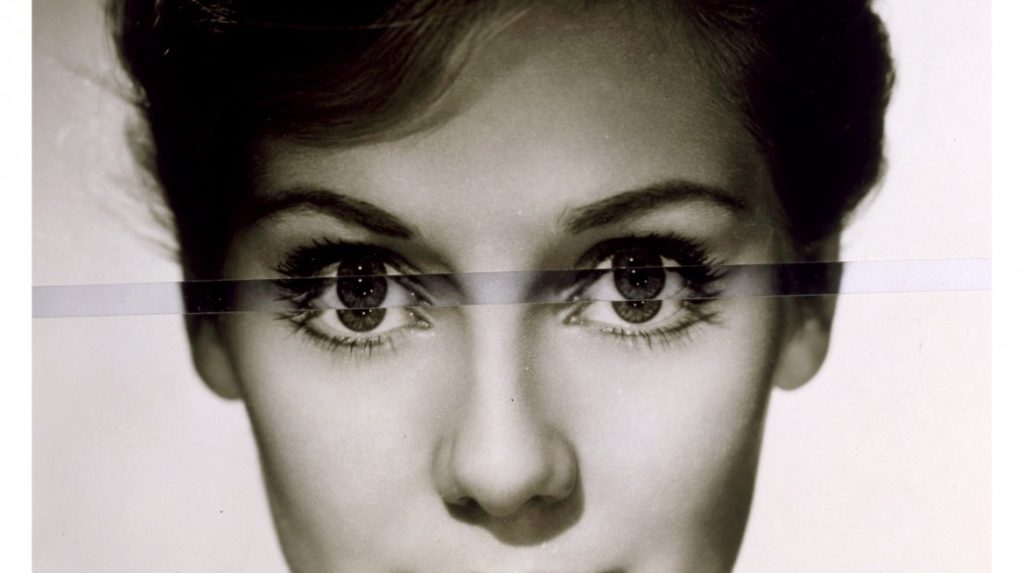
His ‘Dark Star’ series turns publicity portraits into cut-out silhouettes, creating an ambiguous presence in the place of the absent celebrity. Stezaker’s way of giving old images a new context reaches its height in the found images of his Third Person Archive: the artist has removed delicate, haunting figures from the margins of obsolete travel illustrations. Presented as images on their own, they now take the centre stage of our attention
There are different ways artists and photographers have explored their own, or other families in their work as visual storytellers. Some explore family using a documentary approach to storytelling, others construct or stage images that may reflect on their childhood, memories, or significant events drawing inspiration from family archives/ photo albums and often incorporating vernacular images into the narrative and presenting the work as a photobook.
Rita Puig-Serra Costa (Where Mimosa Bloom) vs Laia Abril (The Epilogue)> artists exploring personal issues > vernacular vs archival > inside vs outside

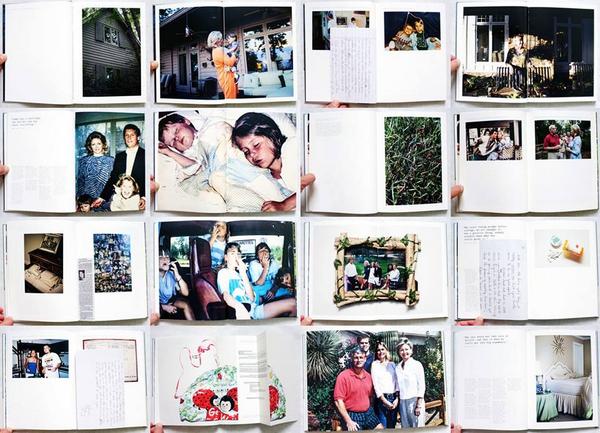
Carole Benitah (Photo Souvenirs) vs Diane Markosian (Inventing My Father) > family > identity > memory > absence > trauma
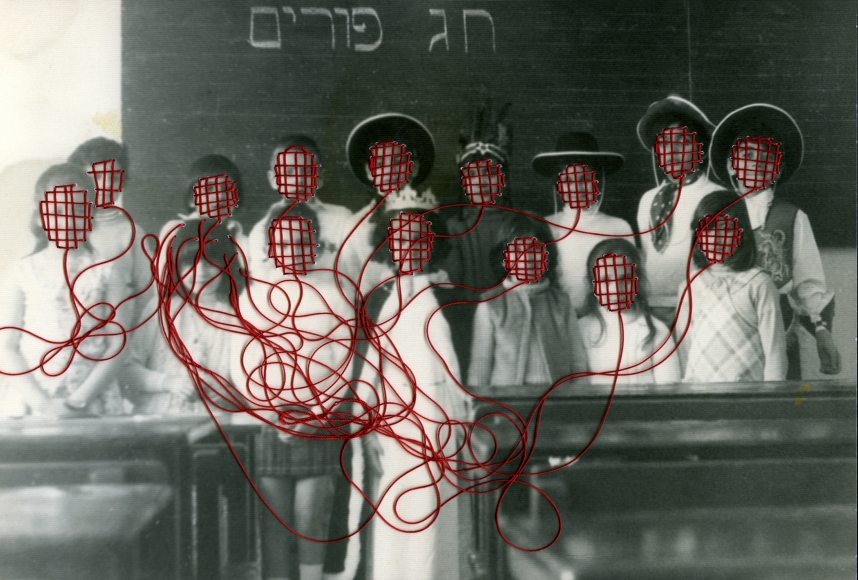

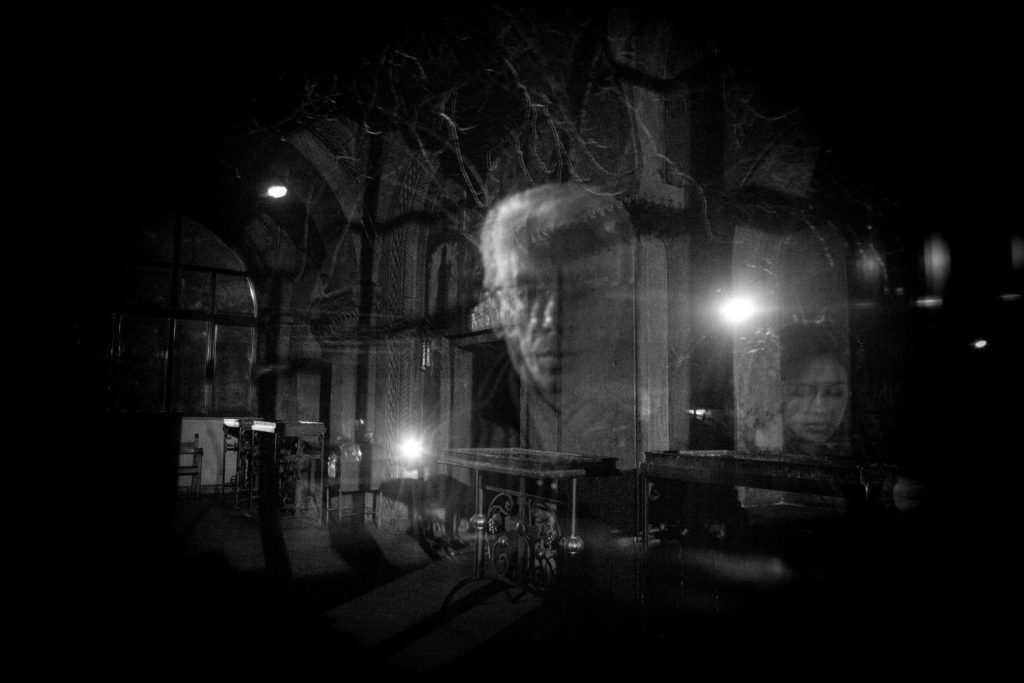
Ugne Henriko (Mother and Daughter) vs Irina Werning or Chino Otsuka > re-staging images > re-enacting memories

Read article in The Guardian
